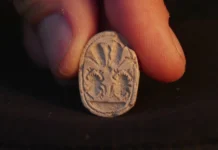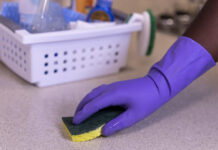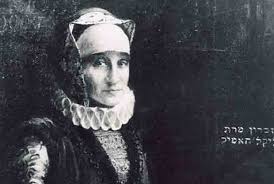Glikl bas Judah Leib, or Glückel of Hameln, a diarist whose writings in Yiddish provided scholars with an intimate picture of German Jewish ghetto life in the late 17th and early 18th centuries, died on this date in 1724 (some sources say September 19th). Born in Hamburg to a merchant family, she married at 14 and bore fourteen children in thirty years (twelve of them survived). Glückel was also active in her husband’s jewelry and financial business; when he was dying, he said, “I have no instructions. My wife, she knows everything. Let her do as she has done until now.” Two years after his death, when she was 46, she began to write her memoir, to “stifle and banish the melancholic thoughts which came . . . during many sleepless nights.” Her memoir, writes Chava Turniansky at the Jewish Women’s Archive, is “far more than a family chronicle. It abounds in descriptions of events that occurred in the Jewish community of Hamburg-Altona (such as the reaction to word of the imminent coming of the Messiah, Shabbetai Zevi . . .), in her adopted community of Metz . . . and sometimes even in distant communities . . .” The memoir was first translated into German by feminist Bertha Pappenheim, a relative who also posed as Glückel for a portrait painted by the artist Leopold Pilichowski.
“[H]er memoirs offer a multi-perspective portrait of an entire society . . . Yet at the same time, her work introduces us to the writer’s own personality, to her inner world, to the development of her self-awareness.”—Chava Turniansky


























